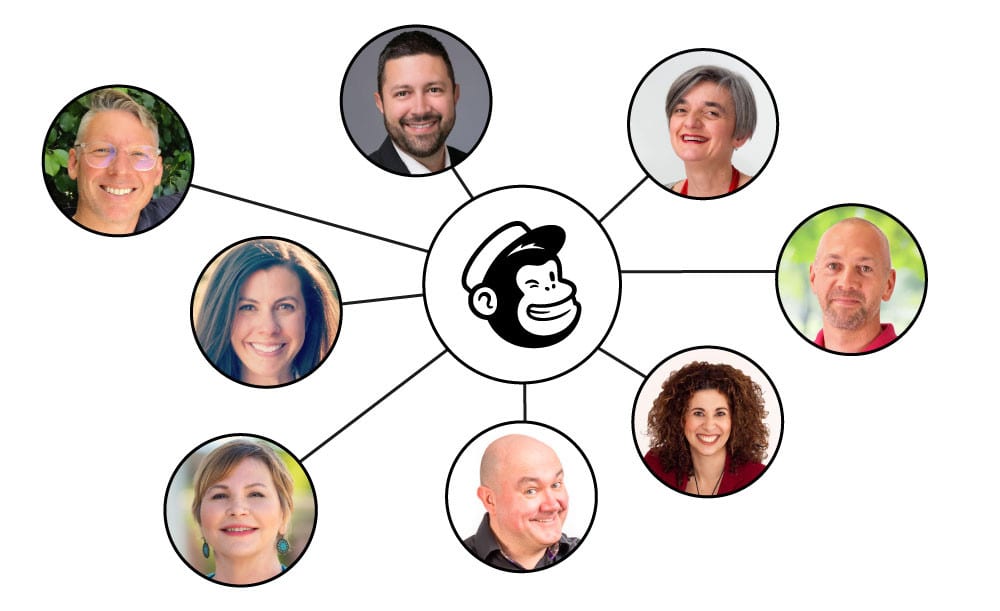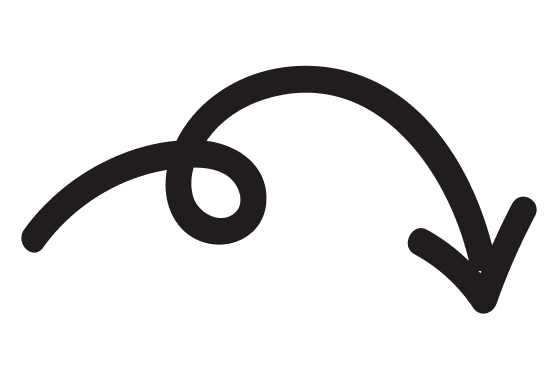Our trusty team of email marketing and Mailchimp experts give you invaluable insight into the tools and apps they use to plan and organise their client’s email campaigns and newsletters.
We tried a bunch of things, from CoSchedule to just using plain old Google Sheets and Excel docs, but in the end, we built our own tool to manage the whole planning process. The MailNinja app is a fully functional email content planning tool designed to help our customers plan out their upcoming campaigns, and our internal team to review the status of all campaigns. This allows us to have visibility of all of our work in one place. BOOM.
I am a massive user of shared documents on Google Drive and shared calendars in GCal.
At the start of a project, I create a dedicated folder where I put my notes and all the raw materials; I make a subfolder to share with my client’s team (not every document has to be shared) and, depending on the complexity of the project, I may use a dedicated GCal or a spreadsheet with many tabs for each channel.
I keep track of my tasks on Todoist; if requested, I also use my client’s project management tool (eg. Asana or Trello), but if so I duplicate my tasks and have them also on my Todoist, in order to have a unified vision of my workload.
Google Sheets, pen and paper, email, experience, client meetings and Slack.
Glenn Edley, Director & Email Strategist at
Spike
For most of my clients, email is part of a larger digital marketing ecosystem that includes content development, social media campaigns, search marketing and brand marketing/positioning work. We use more general planning tools like Google Sheets for high-level strategic planning. Operationally, we use Teamwork to run our workflows for creative, production and approvals processes. After a campaign is launched, we will use monitoring tools to provide reporting and updates, including the reporting from Mailchimp and other dashboards like Google Analytics and Facebook Ads Manager to monitor the overall success of the campaign.
Google Drive, Google Sheets, Google Docs, and Google Calendar
Amy Hall, Email Marketing Strategist and Certified Mailchimp Partner at amyhall.biz
When you’re managing multiple client’s weekly and monthly email campaigns, it’s important to have your systems and processes in place. We rely a lot on two programs – Asana and Google Sheets. We use Asana for overall task management with our team and also sharing with our client (so they can see what we’re working on) but we love a spreadsheet to track all upcoming emails, content, discount codes, etc. We share the spreadsheet or “email calendar” with our client so they can see what email campaigns are coming up.
We also have a Slack channel for every client where we put things like their brand guidelines, color HEX codes and things we need to grab quickly.
We typically have several hundred email campaigns for 30-50 clients being planned at any given time. Due to this, our process is very templated, at least for the beginning of each engagement. We use Active Collab software for tasks and scheduling, we track our time using Toggl, we communicate internally using Slack, and we communicate with clients using Zoom, Google Hangouts, and UberConference. Internally we also use Google Docs for our email copy decks, Zapier for data integrations, and several other tools/apps to design, test, and deliver our email campaigns.
I’m very much old school on this – a good old spreadsheet to track everything! When setting up a new account having a spreadsheet to track all the automations, triggers, conditions and delays is essential in making sure that you don’t lose track of things – if you’ve got any level of automations (and if you haven’t why not???) then a simple spreadsheet tracking each individual email will prove to be a lifesaver down the track!

